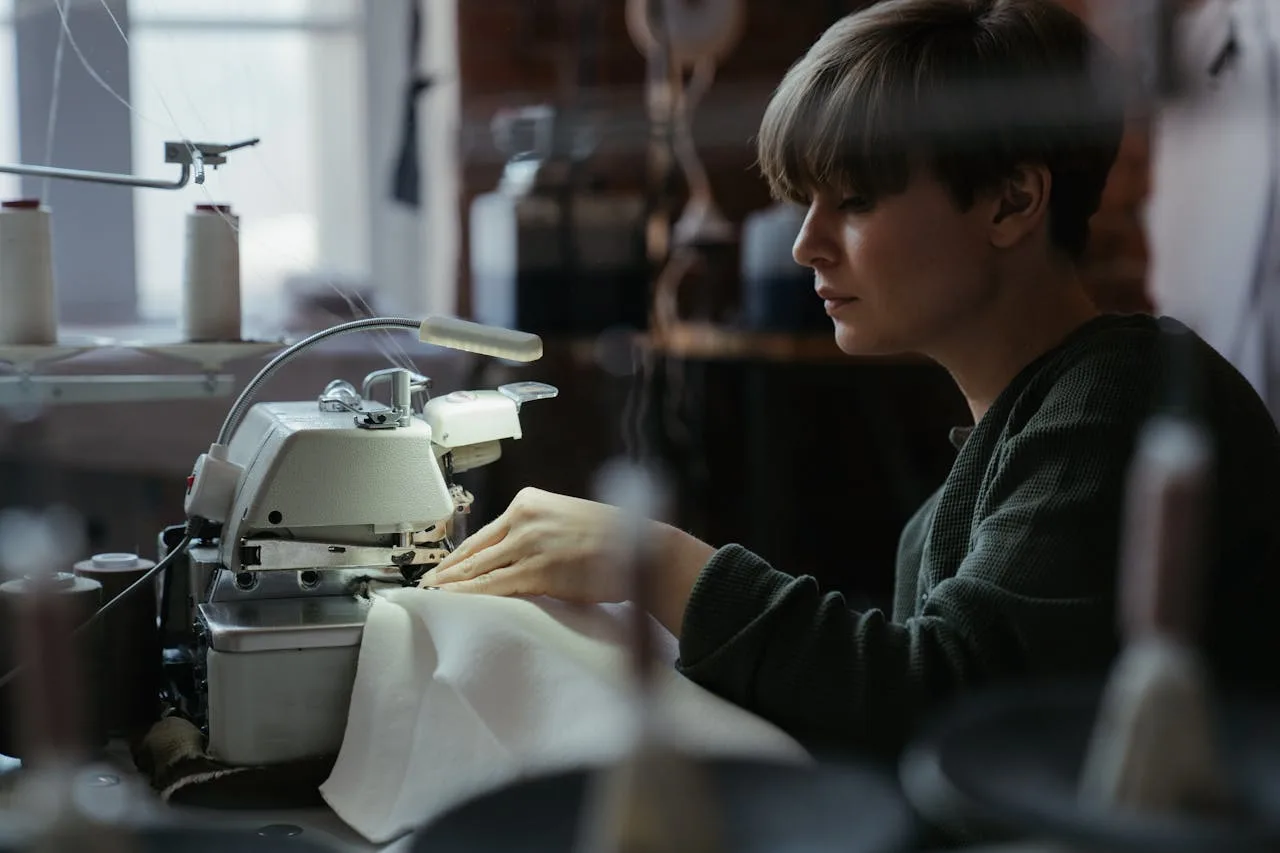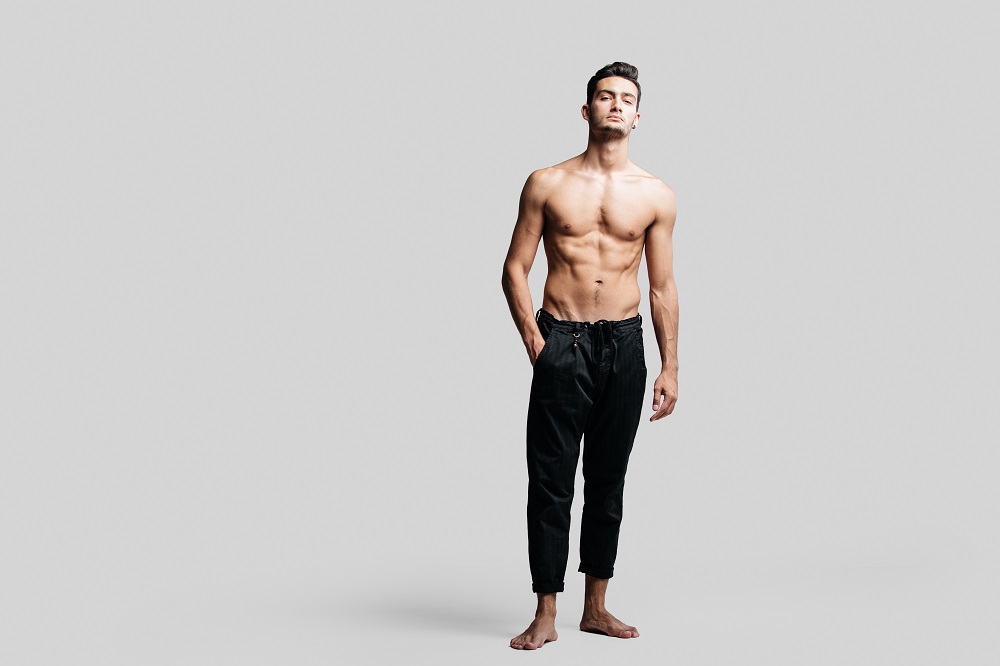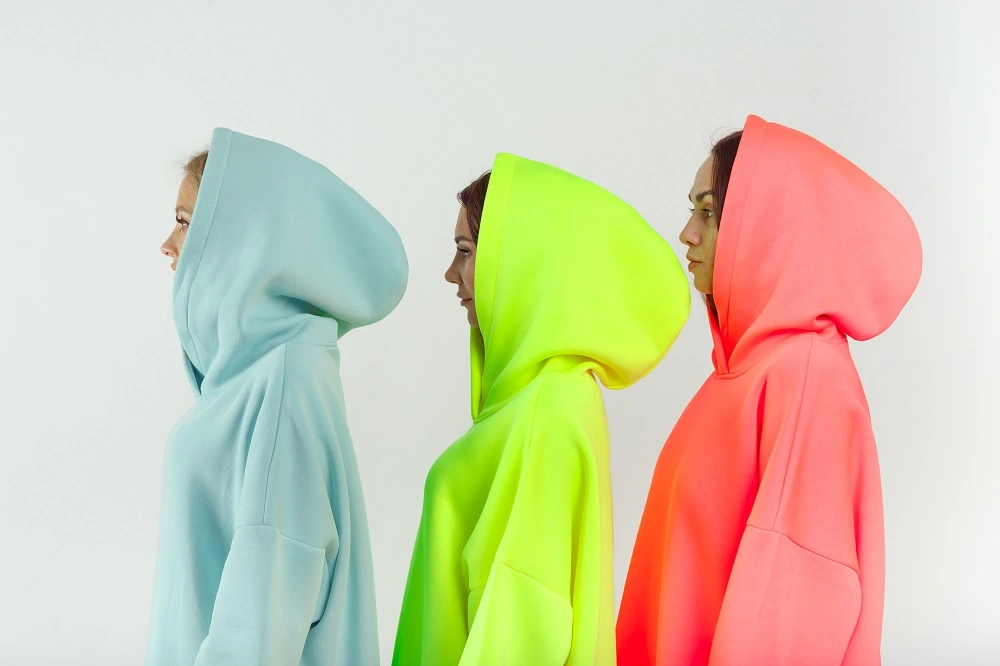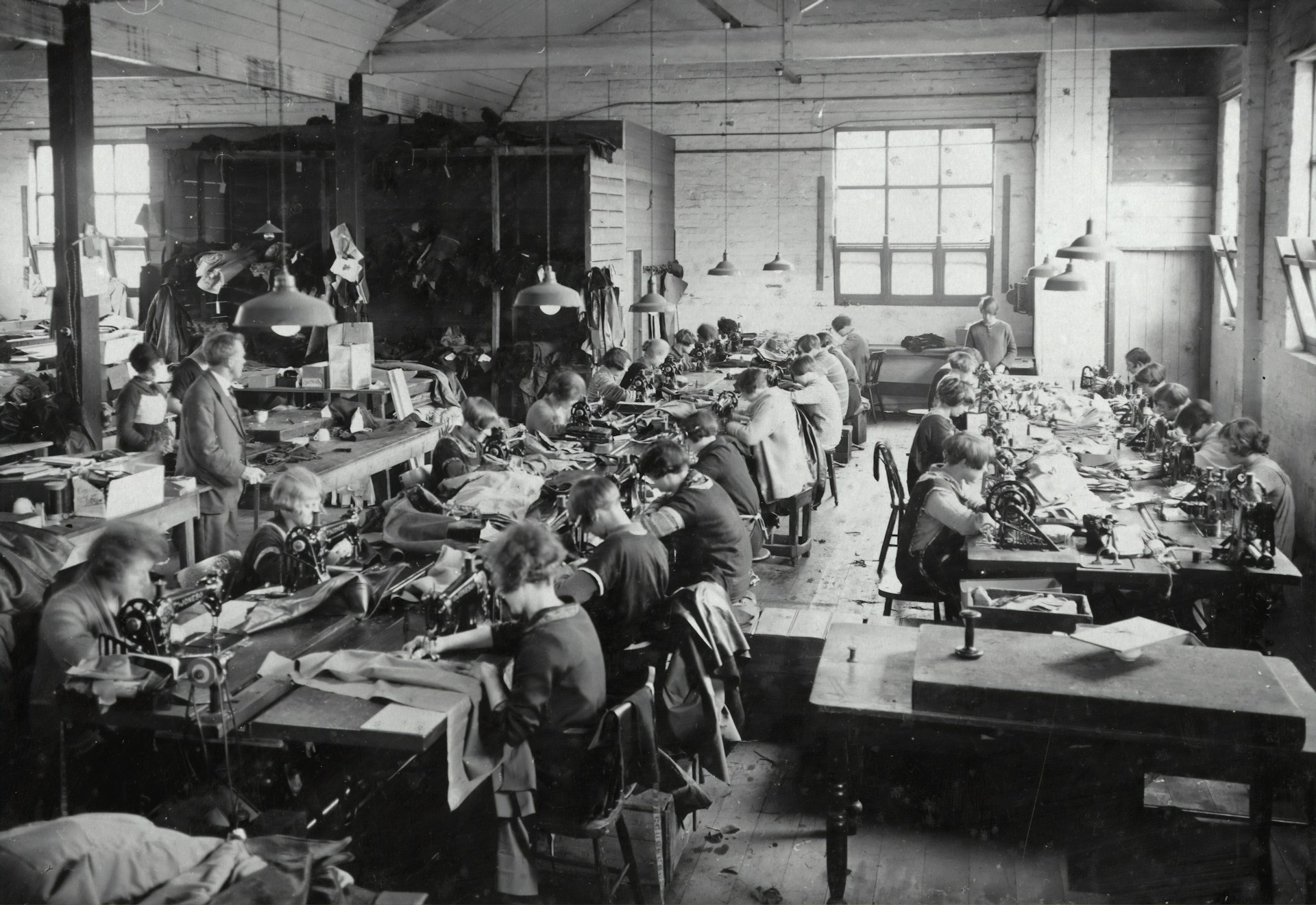Production management in the fashion industry is essential for clothing manufacturers who want to increase productivity, save expenses, and boost profitability. And for good reason, it will take a very long time to go from product ideation to final production and quality control without a dependable process.
Additionally, managing your fashion supply chain, warehouse, and raw materials will become tiresome, leading to unhappy customers and exhausted employees. This piece covers the significance of production management in fashion and apparel companies, the value of a clearly defined process, and strategies for optimizing processes to increase profitability.
What is Production Management in Fashion?
The manufacturing sector uses product management in the fashion industry, which involves acquiring raw resources, turning them into final goods for the intended market, and supervising the entire procedure. Production and operations management in apparel covers the complete garment-making process. Production and operations management covers every step of the clothing manufacturing process, from buying raw materials to planning the transformation, overseeing the process, managing the workforce, and shipping the finished goods to customers.
How Does Production Management Work in the Fashion Industry?

The fashion industry requires several steps in product development before producing a final product. The following is a list of the eight primary steps in the fashion production process.
1. Putting a Concept Into a Picture
By creating several sketches for various iterations of the design and sketching design concepts, the designer visualizes the final product throughout this phase. You can go on to the next stage of development if you have a well-defined concept.
2. Development of Tech Packs
Consider the tech pack the manufacturer’s “blueprint” for your clothes. The design document comprises images and information on the proposed garment, including its materials, accessories, and final details. The tech pack primarily aims to evaluate the fashion item’s feasibility and manufacturing preparedness.
3. Getting the Cut Sheet Ready
A cut sheet or specification sheet that provides all of the important dimensions needed for the manufacturer, like the clothing’s length and the hip, waist, and chest sizes, should be included in every tech box. Different sizes (such as XL, L, M, S, etc.) will have different measurements on the same specification sheet.
4. Creating Prototypes
To create the initial version of the designed apparel, design teams work with clothing manufacturers, also known as clothing factories. Fashion designers can preview how a garment will look in use by creating prototypes. Designers also use the prototypes for fitting purposes, examining how the clothes appear on a target-size model. Before approval, a sample is normally created through multiple revisions. The designer may choose a new textile or seek minor spec changes.
5. Apparel Production
Once you have approved the final sample and located the materials, it’s time to begin manufacturing the product. Depending on the tools available, the methods used, and the skill levels of the employees, the entire manufacturing process is broken down into several smaller sub-processes. Depending on the type of manufacturer you deal with, they might also help you find materials and packaging in addition to offering a full manufacturing package.
6. Quality Control
In quality control, which is the final stage of fashion design in product management, you should inspect every piece of clothing from the production batch—or a certain proportion for large quantities—to ensure that they all meet your specifications and achieve the intended effects. When assessing a garment’s quality, some important factors to take into account are variances in color hues, fabric problems such as low fiber quality, construction flaws such as exposed notches, loose threads, or stains, and measurement inconsistencies. Before the start of production, the quality assurance checklist ought to be created.
7. Packaging and Finishing
After quality checking, clothing is pressed, steamed, and labeled. Thereafter, the apparel is tagged, folded, packaged, and transported to retailers or distribution hubs.
8. Logistics and Distribution
The fashion industry uses a network of logistics and transportation systems to deliver the finished goods to retail stores or distribution hubs. To satisfy customer demand and take advantage of current trends, timely delivery is essential.
Best Practices for Fashion Production Planning

Manufacturers need to concentrate on labor, materials, and overhead costs. Manufacturers aim to achieve substantial reductions in manufacturing costs. These elements serve as the foundation for the manufacturing of clothing and offer substantial chances to increase productivity.
Optimization of Material Costs
With materials making up almost half of the entire apparel sourcing and production expenses, they are frequently the most expensive component of the clothing manufacturing process. Optimizing this area requires careful management and smart technology integration. Digital tools and software can track fabric usage with precision, minimizing waste and ensuring optimal utilization during the cutting process. For instance, automated cutting machines ensure efficient use of every fabric piece by minimizing errors and conserving time.
Labor Cost Strategies
Labor expenditures are high, yet concentrated methods can boost productivity and optimize labor. Multi-role training makes employees more versatile and reduces downtime during peak output. This method maintains effective and fluid fashion manufacturing operations by allowing workers to swap between tasks with ease.
Labor cost optimization also heavily relies on lean manufacturing principles. Optimizing garment production workflow and reducing waste can help manufacturers create more with less. By revealing inefficiencies and bottlenecks, regular process studies improve operations. These methods boost employee engagement and productivity while lowering labor expenditures.
Cutting Down on Overhead
Rent, energy, and maintenance are major production costs. Energy-efficient technologies like LED lighting and energy-saving devices lower utility expenditures. Solar panels and other renewable energy sources help achieve sustainability goals and save money over time. Overhead costs must also be reviewed routinely.
Cost savings might result from renegotiating supplier contracts, reducing production, or consolidating activities. Strategic overhead management reduces costs and the environmental effects of clothes production, aligning garment factory management with consumer needs.
Adopting Sustainability as a Long-Term Financial Plan
As previously said, long-term success in the apparel industry now depends on sustainability; it is no longer an optional factor. Sustainability saves money and helps the environment. Renewable energy and energy-efficient technologies can save operating expenses. IoT-enabled smart technologies can monitor and optimize energy usage to save manufacturers money.
How to Manage Clothing Manufacturing?

It takes time and considerable financial investment to establish a reliable clothing manufacturing process. As a result, proving its necessity can be difficult, particularly for smaller apparel manufacturing businesses. However, the enormous advantages it provides greatly exceed the associated costs. Some of them are listed below.
Increased Effectiveness
The goal of textile production management is to maximize efficiency throughout the process. To optimize labor, resources, and time, we carefully plan every step from design to distribution. This strategy reduces waste, production delays, and bottlenecks while increasing productivity.
Dependable Quality
The fashion business places a high value on maintaining constant quality. Apparel production management requires quality control at every stage of the process. Before apparel is sold, rigorous testing and inspection find and rectify defects. This dedication to quality builds customer trust and a brand’s reliability.
Effective Time Management
Staying “on-trend” in this industry requires time. Clothing production management assures timely delivery. Effective fashion production planning, scheduling, and team coordination eliminate delays and let companies capitalize on new trends.
Savings
Effective management of your production process can reduce the operating cost of the clothing manufacturing cost sheet. To cut costs, apparel brands can decrease waste, optimize material use, and carefully manage production numbers. Effective procedures save overtime, lowering expenses without reducing quality.
Capability to Adjust to Market Trends
Fashion is dynamic by nature since trends change quickly. Apparel manufacturing lets companies quickly adapt to changing consumer expectations. To stay ahead of the competition, brands can adapt their production strategies to industry and consumer trends.
Enhanced Ecological Responsibility
Environmental awareness is higher than ever; thus, the fashion business is concerned about sustainability. Waste reduction, resource optimization, and sustainable materials can help apparel production management be eco-friendly. Sustainable production attracts eco-conscious consumers, helping create a more sustainable future.
Enhanced Cooperation
Effective apparel production management demands flawless communication between design, production, logistics, and quality control in apparel. It encourages cross-functional communication and teamwork to promote organization-wide unity and creativity.
Data-Driven Decision Making
Modern apparel production management leverages technology and data analysis to make informed decisions. By collecting and analyzing production data, brands can identify bottlenecks, optimize processes, and make strategic choices that enhance efficiency and overall performance.
Recommendations for Apparel Production Manufacturing

There are several ways to enhance your end-to-end fashion production process. Here are some recommendations from our experts:
Trust the Professionals
You should always consult professionals when in doubt. This is especially true in fashion manufacturing. There are many aspects to consider in fashion manufacturing, which can make it difficult to get started. Thus, working with an ethical fashion production company might be beneficial. They will assist you throughout the process and ensure the quality of your clothing.
Avoid Taking Shortcuts
It’s crucial to avoid taking shortcuts when it comes to fashion merchandising and production. Taking shortcuts to save money will result in lower-quality clothing. Purchasing high-quality clothing is a better investment than trying to save costs by employing rapid fashion techniques, which will result in a garment of inferior quality and a shorter lifespan.
Keep the Process Simple
There is no need for a convoluted fashion production process. Keeping things as basic as possible is preferable. This phenomenon occurs because a more complicated process increases the likelihood of something going wrong. By keeping things straightforward, you can reduce the possibility of issues and ensure the quality of your clothing production.
Communicate With Your Retailers & Suppliers
Throughout the fashion production process, it’s critical to keep in touch with your retailers and suppliers. This is because they can offer you insightful criticism and assist you in refining your procedure. You can guarantee the highest quality clothing by cultivating your ties with suppliers and retailers.
FAQs
How does a tech pack improve production management in fashion?
The primary goal of the tech pack is to assist in assessing the fashion item’s viability and production readiness. Manufacturers use tech packs as “blueprints” for materials, dimensions, trims, and construction.
Why are prototypes crucial before starting bulk apparel production?
More than merely a stage in the creative process, prototyping is an essential instrument for fashion success. It facilitates the process by which designers evaluate the viability, appropriateness, and beauty of their ideas.
What role does quality control play in fashion production management?
Quality control ensures garments fit design standards, spots faults early, and protects brand reputation. Before distribution, it checks measurements, sewing, fabric quality, and finishing.
How can material optimization reduce waste in garment manufacturing?
By adopting automated cutting equipment and precise fabric tracking, producers may maximize material consumption, lower expenses, and reduce fabric waste, saving money and the environment.
What strategies help apparel manufacturers meet tight fashion deadlines?
Even during hectic seasons, efficient scheduling, multi-skilled labor, trusted supplier partnerships, and lean manufacturing make sure clothing is manufactured and delivered on time.
Final Words
Our fashion production method covers every stage required to produce high-quality clothing for your clients. We handle everything, from pre-production to quality inspections at the end of production, so you can concentrate on managing your company. Additionally, with our extensive network in the textile sector, we can locate the ideal materials to help differentiate your collection from the competition.
Weft Apparel is a clothing manufacturer that assists clothing brands and important industry players in starting their own clothing line for success. It comprises all of the design and development you will ever require to have a seamless production process, including material management modules, production orders, and cost-effectiveness to start your clothing line.




